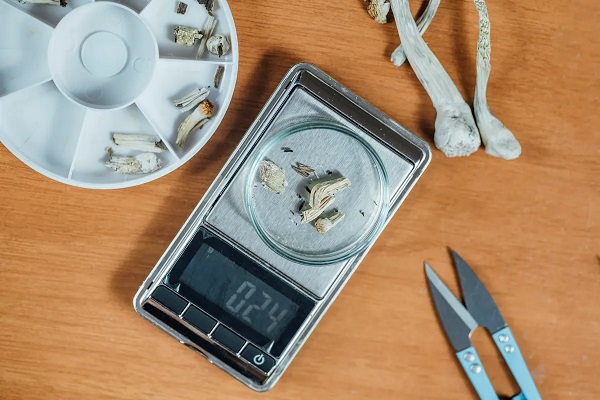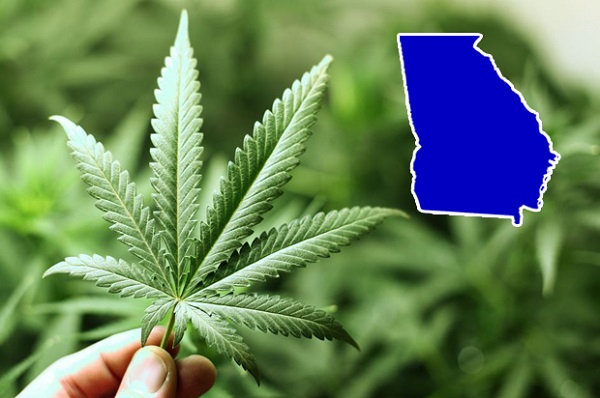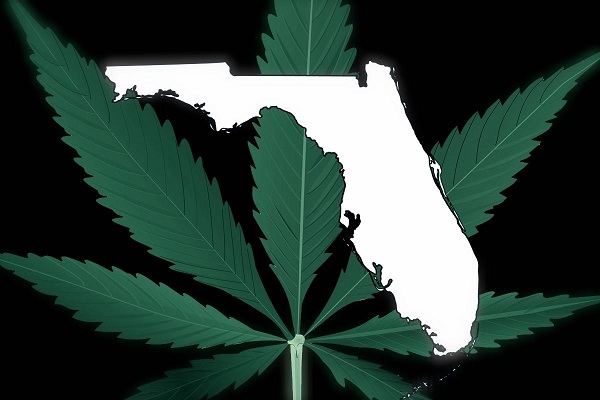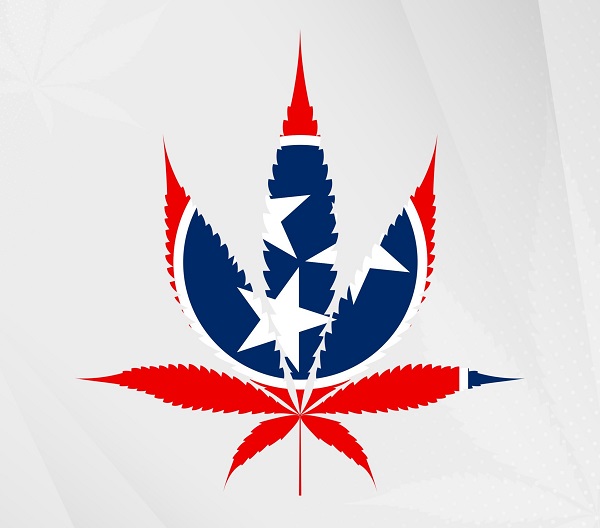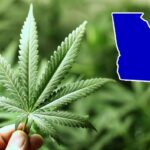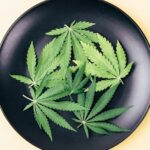Depression affects millions of people worldwide, encompassing a range of symptoms that can debilitate individuals and impede their ability to lead fulfilling lives. While conventional treatments like medication and therapy have been successful for many, a significant number of individuals continue to struggle with treatment-resistant depression. In recent years, an alternative approach known as microdosing has emerged as a potentially transformative method to address this persistent condition.
Microdosing involves the consumption of sub-perceptual doses of psychedelic substances, such as psilocybin (found in “magic mushrooms”) or lysergic acid diethylamide (LSD), on a regular basis. The practice has gained considerable attention for its potential to alleviate symptoms of depression, enhance mood, and improve overall well-being without inducing the intense hallucinogenic experiences associated with higher doses.
This article delves into the realm of microdosing as a novel treatment strategy for individuals grappling with treatment-resistant depression. We will explore the theoretical foundations and emerging scientific research that contribute to our understanding of microdosing’s potential benefits and limitations in this context.
It is important to note that while the topic of microdosing has gained interest and shown promise in recent years, it remains a controversial and relatively unexplored area of study. As such, this article aims to provide a comprehensive overview of existing knowledge and perspectives, presenting readers with a balanced understanding of the subject matter.
Understanding Microdosing
Microdosing involves the practice of consuming very low, sub-perceptual doses of psychedelic substances on a regular basis. It is based on the idea that these minute doses can provide therapeutic benefits without inducing full-blown hallucinogenic experiences. The fundamental principle of microdosing is to maintain a level of dosage that is below the threshold of perceptual alteration, allowing individuals to integrate the substance into their daily routine without disruption.
The most commonly used substances for microdosing include psilocybin (found in “magic mushrooms”) and lysergic acid diethylamide (LSD). Both substances have been reported to exhibit therapeutic potential and are known for their hallucinogenic properties at higher doses. Other substances, such as mescaline or 2C-B, have also been used for microdosing, albeit less frequently. It is important to note that the legality of these substances varies across different jurisdictions, and caution should be exercised to ensure compliance with local laws.
Microdosing involves taking doses below the perceptual threshold, meaning the doses are too low to induce significant psychedelic effects. A recent publication from Harvard University sheds light on the challenges surrounding the study of microdosing with psychedelic drugs. The paper highlights the absence of a universally accepted definition of microdosing, which poses difficulties in conducting consistent research in this field. One definition put forth by the British Association of Psychopharmacology suggests that a microdose can range from approximately 1/5 to 1/20 of a recreational dose, indicating a wide and varied spectrum.
While the effects of microdosing vary among individuals, some commonly reported effects include subtle improvements in mood, increased focus and concentration, enhanced creativity, and a sense of overall well-being. These effects are generally described as being gentle and manageable, without disrupting one’s ability to function in daily life. It is important to note that individual responses to microdosing can vary, and finding the right dose for each person may require experimentation and careful observation.
Understanding microdosing provides a foundation for exploring its potential benefits and limitations in the context of treatment-resistant depression. By delving into the principles, substances used, and effects of microdosing, we can develop a clearer picture of how this practice is believed to work and why it has gained attention as a potential therapeutic approach.
Mechanisms of Action
The mechanisms of action underlying the effects of microdosing with psychedelic substances are not yet fully understood and are the subject of ongoing research. However, there are several hypotheses that researchers have put forward to explain the potential mechanisms involved. It’s important to note that these hypotheses are based on limited research, and further studies are needed to confirm and expand upon them. Here are a few proposed mechanisms:
- Modulation of serotonin receptors: Psychedelics, such as LSD or psilocybin, primarily work by binding to and activating serotonin 2A receptors in the brain. It is believed that even at sub-perceptual doses, microdosing may modulate these receptors, leading to altered serotonin signaling. Serotonin is involved in various brain functions, including mood regulation, cognition, and perception.
- Neuroplasticity and synaptic connectivity: Some studies suggest that microdosing may promote neuroplasticity, which refers to the brain’s ability to reorganize and form new neural connections. This could potentially enhance cognitive flexibility, creativity, and learning. Psychedelics have been shown to influence synaptic plasticity and promote the growth of new dendritic spines, which are involved in synaptic connectivity.
- Modulation of default mode network: The default mode network (DMN) is a set of brain regions that are active during self-reflection and mind-wandering. Dysregulation of the DMN has been implicated in various mental health conditions. Some research suggests that psychedelics, even at microdoses, can temporarily disrupt the DMN, leading to decreased self-referential thinking and increased connectivity between brain regions, potentially promoting new perspectives and insights.
- Increased neurogenesis and neurotrophic factors: Preclinical studies have suggested that certain psychedelics, such as psilocybin, may increase neurogenesis, the formation of new neurons, in certain brain regions. Additionally, psychedelics may influence the expression of neurotrophic factors, which play a role in the survival, growth, and function of neurons.
Emerging Scientific Research
In recent years, there has been a growing interest in studying the effects of microdosing on depression. Researchers have conducted various studies to explore the potential therapeutic benefits and shed light on the mechanisms underlying these effects.
LSD microdosing
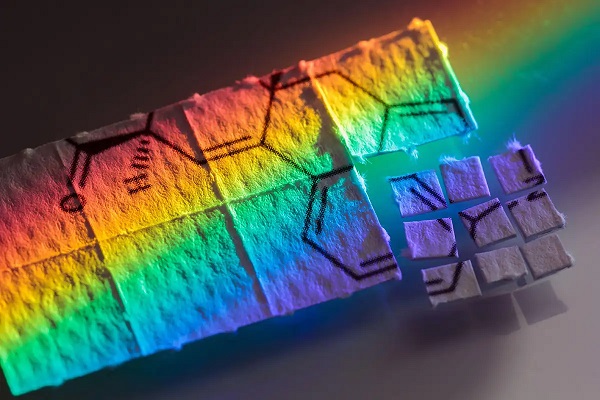
LSD microdosing refers to the practice of consuming very small doses of lysergic acid diethylamide (LSD), typically below the threshold for inducing psychedelic effects, with the intention of obtaining potential therapeutic benefits. The concept gained popularity in recent years, although research on its efficacy and safety is still limited.
Microdosing with LSD is often reported anecdotally to produce various effects, such as increased focus, enhanced creativity, improved mood, and heightened cognitive function. Proponents of LSD microdosing suggest that these subtle changes can lead to improvements in overall well-being and potentially alleviate symptoms of mental health conditions like depression and anxiety. However, it is important to note that anecdotal reports are subjective and may not necessarily reflect objective outcomes.
Scientific research on LSD microdosing is in its early stages, and there is a need for more rigorous studies to establish its potential therapeutic benefits and understand any associated risks. Some small-scale studies have been conducted to explore the effects of LSD microdosing, but the findings have been mixed and inconclusive.
For example, a study published in 2019 by Hutten investigated the effects of microdosing LSD on cognitive functioning, mood, and creativity. The study included 48 participants who completed several assessments while microdosing over a period of four weeks. The results indicated some improvements in mood and creativity but did not show significant cognitive enhancements.
Another study published in 2021 by Bershad examined the effects of LSD microdosing on cognitive performance, subjective experiences, and biomarkers of neural plasticity. The study included 48 participants who underwent a three-week microdosing regimen. The findings suggested that microdosing did not significantly impact cognitive performance or biomarkers of neural plasticity compared to a placebo condition. However, participants reported positive changes in mood and well-being.
It is important to highlight that these studies had limitations, such as small sample sizes and lack of control groups. Additionally, there is currently no standardized protocol for LSD microdosing, including the optimal dosage and frequency of administration.
It is also crucial to consider the potential risks and side effects associated with LSD, even at microdoses. LSD is a potent psychedelic substance, and individual reactions can vary. Some reported side effects of microdosing include anxiety, insomnia, and perceptual disturbances. Long-term effects and safety concerns of prolonged microdosing remain largely unknown and require further investigation.
Psilocybin microdosing
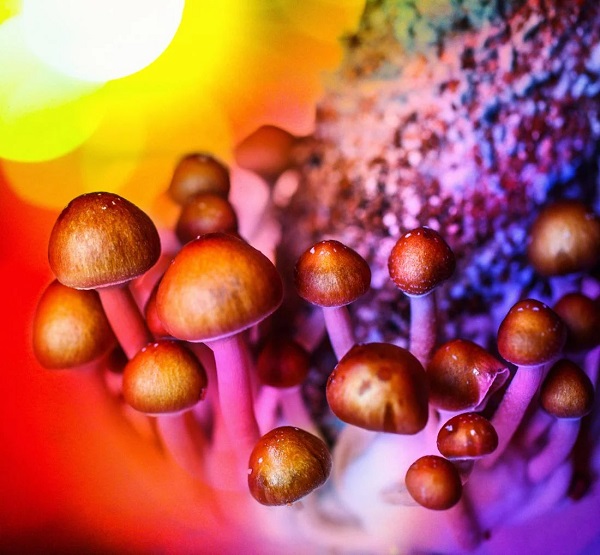
Psilocybin microdosing involves the regular consumption of sub-perceptual doses of psilocybin, the primary psychoactive compound found in certain species of mushrooms commonly referred to as “magic mushrooms.” Microdosing with psilocybin has gained attention as a potential practice to achieve therapeutic benefits, enhance well-being, and potentially alleviate symptoms of mental health conditions.
Psilocybin microdosing may lead to various effects, including increased creativity, improved mood, enhanced focus, and a sense of well-being. Proponents of microdosing argue that these subtle changes can potentially have positive impacts on mental health, cognition, and overall functioning. However, it is crucial to interpret anecdotal reports with caution, as they are subjective and may be influenced by placebo effects or other factors.
In recent years, a few preliminary studies have explored the effects of psilocybin microdosing, although more research is needed to draw definitive conclusions. One study published in 2018 by Prochazkova investigated the acute and long-term effects of microdosing psilocybin on cognitive function and emotional well-being. The study involved self-reported measures from participants who microdosed with psilocybin-containing truffles. The results suggested positive effects on mood, creativity, and focus. However, this study did not specifically focus on the treatment of mental health conditions.
Another study published in 2020 by Polito examined the effects of psilocybin microdosing on psychological well-being and cognitive performance. The study involved self-report measures and cognitive tests from participants who engaged in a microdosing protocol. The findings indicated improvements in psychological well-being but did not show significant cognitive enhancements.
It is important to note that these studies had limitations, including small sample sizes and the lack of control groups. Furthermore, there is no standardized protocol for psilocybin microdosing in terms of dosage and frequency. Individual reactions to psilocybin can vary, and adverse effects such as anxiety, restlessness, or perceptual changes can occur even at sub-perceptual doses.
A study published in Translational Psychiatry explored the effects of microdosing with dried mushroom material. The study indicated that consuming 0.5g of dried mushroom material did not result in significantly positive impacts on creativity (divergent and convergent thinking), cognition, physical activity levels, or self-reported measures of mental health and well-being. However, the study did observe a trend towards impaired performance in some cognitive tasks (such as attentional blink and Stroop test), although these effects were not consistent across all participants.
Despite inconclusive findings in certain studies, there are also supportive studies indicating potential benefits of microdosing. For instance, a research report published in the National Library of Medicine found that individuals who reported mental health concerns and engaged in microdosing exhibited lower levels of depression, anxiety, and stress across genders. These results highlight the need for further research into the mental health outcomes of microdosing.
Another study conducted by researchers at Johns Hopkins Medicine focused on psychedelic treatment with psilocybin for major depressive disorder. The study revealed that psilocybin-assisted therapy provided significant relief from depressive symptoms for up to a month. Moreover, in a follow-up study, the researchers reported that the antidepressant effects of psilocybin-assisted therapy, when combined with supportive psychotherapy, may last for at least a year in some patients. While the dosages of psilocybin used in this study were not specified, it remains unclear whether microdosing can yield the same long-term impacts on depression. Nevertheless, these findings offer promising insights.
While psilocybin shows promise as a potential therapeutic tool, it is crucial to exercise caution and consult with healthcare professionals before considering psilocybin microdosing. Medical professionals can provide personalized guidance, assess potential risks, and discuss alternative evidence-based treatments for mental health conditions.
Ketamine microdosing
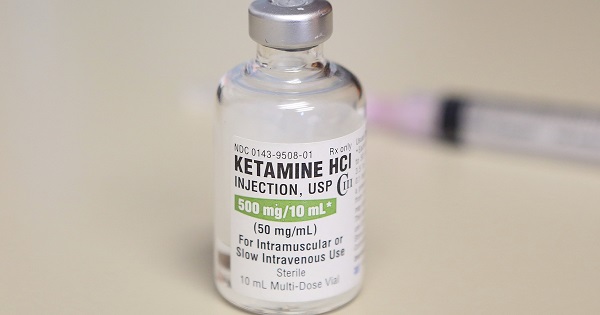
Ketamine microdosing refers to the practice of consuming sub-anesthetic doses of ketamine, a dissociative anesthetic and NMDA receptor antagonist, with the aim of obtaining potential therapeutic benefits. Ketamine is commonly used in higher doses for anesthesia and has also shown promise as a treatment for various mental health conditions, including treatment-resistant depression. However, it’s important to note that the research on ketamine microdosing specifically is limited, and most studies have focused on the use of ketamine in higher doses or as an intravenous infusion.
Ketamine has gained attention in the field of mental health due to its rapid-acting antidepressant effects observed in clinical settings. In higher doses, it has been used to induce a transient psychedelic experience. However, the concept of microdosing ketamine involves consuming much lower doses below the psychedelic threshold.
Anecdotal reports suggest that ketamine microdosing may lead to various effects, including mood improvement, increased motivation, and enhanced focus. However, it is important to approach anecdotal reports with caution, as they are subjective and may not reflect objective outcomes or potential risks.
There are limited scientific studies specifically investigating ketamine microdosing. Most of the research on ketamine has focused on its therapeutic use in higher doses or as an intravenous infusion for treatment-resistant depression. Ketamine infusions have shown significant and rapid anti-depressant effects in some individuals, although the effects are generally temporary and may require repeated administration.
However, Australian researchers have discovered that a drug, reportedly microdosed by Twitter CEO Elon Musk to treat the condition, has shown benefits for individuals with treatment-resistant depression. The study involved 179 patients who had not responded to traditional antidepressants or talk therapy, with some participants receiving a placebo.
Professor Colleen Loo from the University of New South Wales emphasized the significance of the findings, stating that achieving a 20 percent remission rate for people with treatment-resistant depression is quite noteworthy. The study revealed that ketamine, the drug in question, was notably more effective than the placebo. Around 20 percent of those who received ketamine reported no longer experiencing clinical depression, compared to only 2 percent in the placebo group. This significant difference provides definitive evidence in a field that has previously relied on smaller trials. Previous studies have indicated that ketamine can help treat depression.
Elon Musk has publicly shared his positive experiences with psychedelics and ketamine, stating that he has encountered more individuals who have benefited from these substances than from traditional antidepressants and amphetamines.
The latest study, published in the British Journal of Psychiatry, focused on comparing the drug’s performance to a placebo. Participants received bi-weekly injections of ketamine or a placebo that caused similar woozy effects. After one month, approximately one-third of the individuals who received ketamine reported at least a 50 percent improvement in their symptoms. Furthermore, in one-fifth of cases, patients’ symptoms completely disappeared, in contrast to only two percent of those given the placebo.
It is important to note that ketamine is a potent medication, and even at sub-anesthetic doses, it can have side effects and risks. These may include dissociation, elevated blood pressure, changes in heart rate, and potential for abuse or dependence.
MDMA microdosing
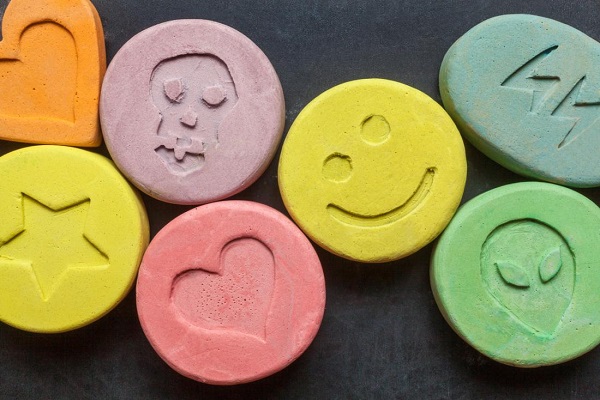
MDMA, commonly known as ecstasy, is a psychoactive substance that affects serotonin, dopamine, and norepinephrine neurotransmitter systems. It has shown promise in the treatment of certain mental health conditions, including post-traumatic stress disorder (PTSD) when used in conjunction with psychotherapy. However, microdosing refers to the practice of taking sub-perceptual doses, typically below the threshold of psychedelic effects.
The therapeutic effects of MDMA are thought to be mediated through its ability to increase empathy, reduce fear and anxiety, and enhance emotional processing.
While there may be anecdotal reports of individuals microdosing with MDMA for various purposes, including enhancing mood or creativity, it’s crucial to approach these reports with caution, as they may not reflect objective outcomes or potential risks.
Due to the limited research on MDMA microdosing, it’s challenging to draw definitive conclusions about its efficacy, safety, or optimal dosing protocols. If you are considering MDMA as a treatment option, it is essential to consult with healthcare professionals or therapists who specialize in MDMA-assisted therapy or psychedelic-assisted therapy. They can provide personalized guidance, assess potential risks, and discuss alternative evidence-based treatments for specific mental health conditions.
DMT microdosing
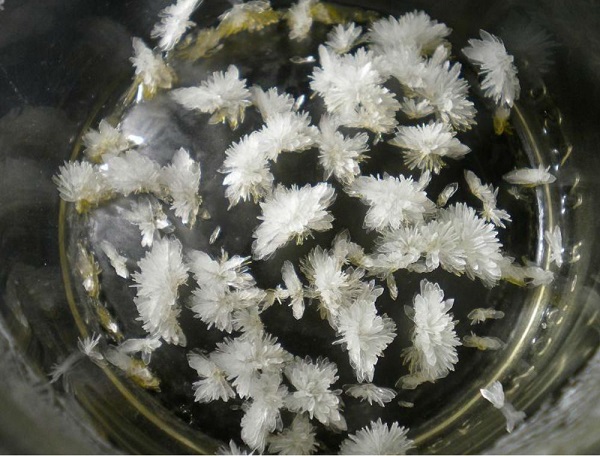
Research specifically focused on DMT microdosing is limited, and most studies on DMT have examined its effects at higher doses, such as in ayahuasca ceremonies or clinical settings. DMT, or N,N-Dimethyltryptamine, is a powerful psychedelic compound naturally occurring in certain plants and can also be synthesized. Microdosing typically refers to the practice of consuming sub-perceptual doses of a substance, below the threshold for full psychedelic effects.
Although DMT holds a significant reputation in the world of recreational drug use, its exploration in the realm of drug development has been relatively limited compared to other psychedelics such as psilocybin, ketamine, and MDMA.
However, this could soon change, as the UK-based biotech company Small Pharma is developing a DMT drug candidate, known as SPL026, for the treatment of major depressive disorder (MDD). In a phase 2a clinical trial conducted recently, the intravenously administered drug, when combined with therapy, demonstrated positive results.
Preliminary data from the trial revealed that a course of SPL026, along with therapy, exhibited antidepressant effects that lasted up to three months. Small Pharma’s Chief Medical and Scientific Officer, Carol Routledge, expressed satisfaction with the results, stating that they were “as good a set of results as we could expect.” Small Pharma’s CEO, George Tziras, expressed similar sentiments, highlighting the durable relief from depression experienced by the study participants.
Robin Carhart-Harris, the director of the psychedelics division at UC-San Francisco’s Weill Institute for Neurosciences, commented on the data, stating that it indicates that SPL026 can elicit a fast-acting antidepressant response that appears to be enduring in several cases.
Further research and clinical trials will be necessary to establish its safety, efficacy, and optimal dosing protocols.
Conclusion
The field of microdosing with psychedelics, including substances like LSD, psilocybin, ketamine, MDMA, and DMT, is an area of growing interest and ongoing research. While anecdotal reports and some preliminary studies suggest potential therapeutic benefits, it is important to approach the topic with caution and recognize the limitations of the current scientific evidence.
Research on microdosing is still in its early stages, and many studies have focused on the effects of higher doses or clinical applications of these substances. The mechanisms of action underlying microdosing effects are not yet fully understood, and the optimal dosing protocols and long-term safety remain to be determined.

